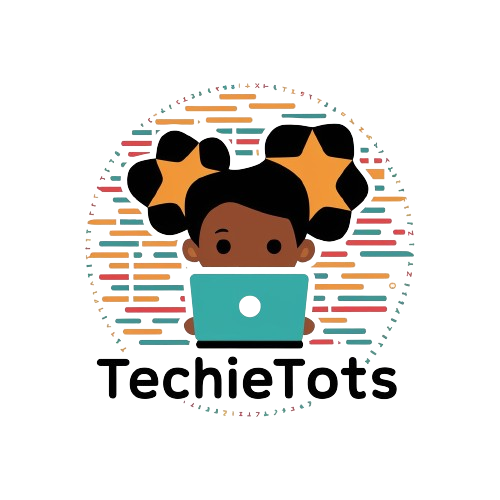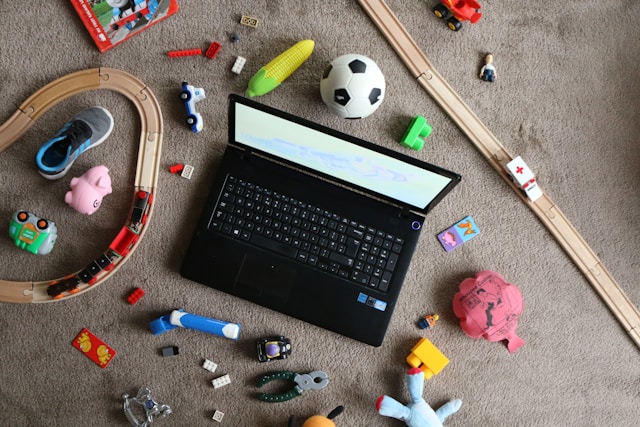Why Children Benefit from Exploring the Digital World
Coding isn’t just about sitting in front of a computer screen; it’s a gateway to a world of discovery and development for kids. Here’s why it’s worth considering:
1. Mental Gymnastics:
Coding is like a workout for the brain. It challenges children to think logically, break down problems, and find solutions step by step. Through coding, they develop critical thinking skills that are valuable in many areas of life.
2. Creative Expression:
Coding is a canvas for creativity. It allows children to bring their ideas to life in digital form, whether they’re designing games, animations, or interactive stories. It’s a medium where imagination knows no bounds.
3. Preparing for Tomorrow:
In an increasingly digital world, coding skills are becoming more and more important. By learning to code early on, children gain a foundation for future careers in technology and develop skills that are applicable across various fields.
4. Learning to Collaborate:
Coding projects often require teamwork and communication. Children learn to collaborate with others, share ideas, and work towards a common goal. These collaboration skills are essential both in school and in the workplace.
5. Academic Improvement:
Research shows that coding can improve children’s performance in subjects like math and science. The problem-solving skills they develop through coding can help them tackle academic challenges with confidence.
6. Digital Literacy and Safety:
Coding teaches children how to navigate the digital world safely and responsibly. They learn about concepts like online privacy and cybersecurity, preparing them to be responsible digital citizens.
7. Building Confidence:
As children master coding skills and see their projects come to life, they gain confidence in their abilities. This confidence extends beyond coding and can help them succeed in other areas of life as well.
In conclusion, coding offers numerous benefits for children, from improving their problem- solving skills to preparing them for future careers. By introducing children to coding at an early age, we can set them on a path towards success in our increasingly digital world.



